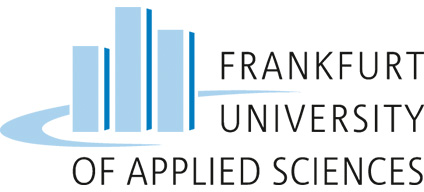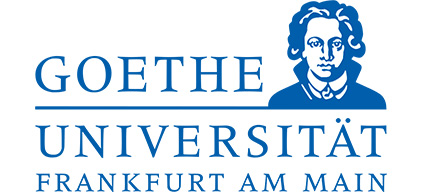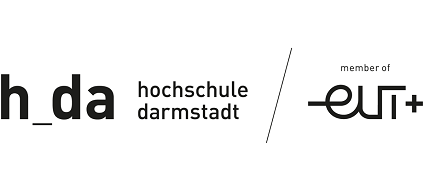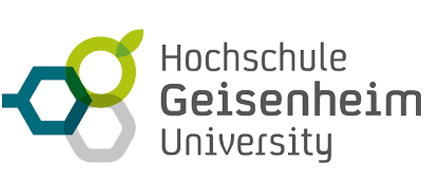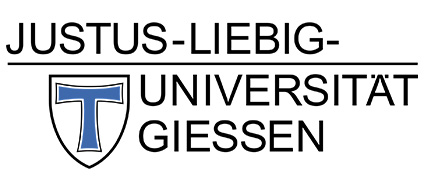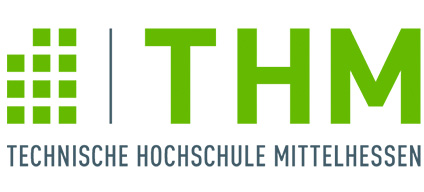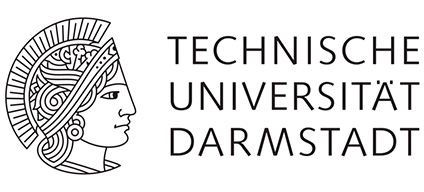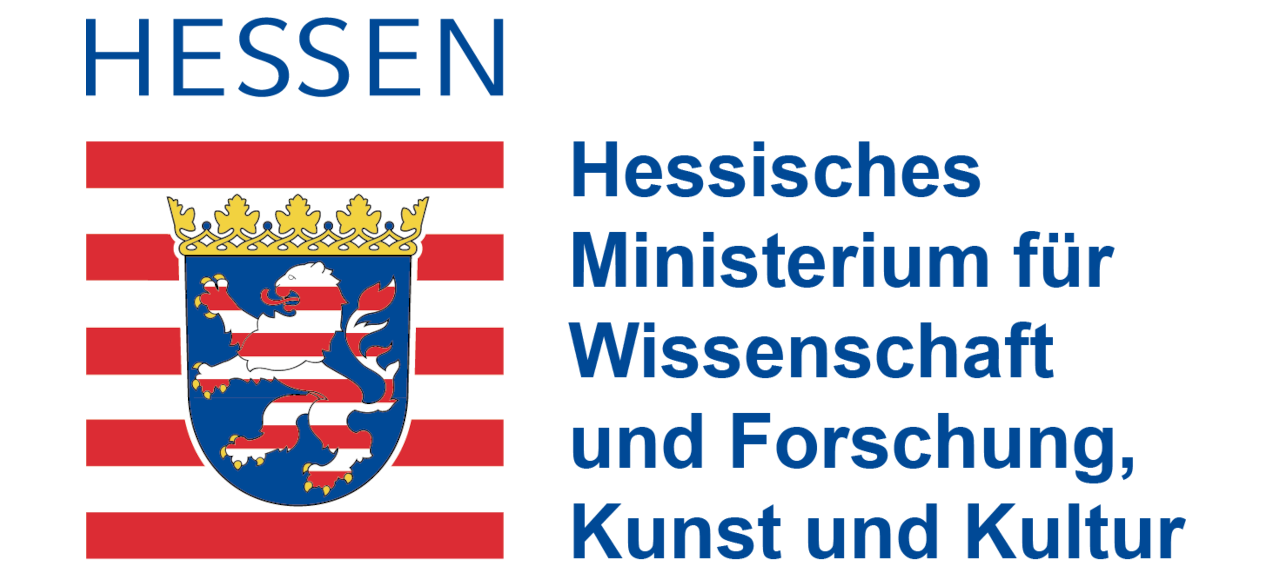Main Content
HeFDI Data ELN – ELN Finder

Find the best suitable option for your resarch with the ELN Finder.
What is the ELN Finder?
The ELN Finder helps researchers to select the appropriate software for an electronic lab notebook (ELN) from the wide range of available options. It is based on a DSpace 7 repository whose entries contains rich information about ELN tools. The entries in the ELN Finder are based on a metadata schema that was developed with the goal of describing an ELN as accurately as possible. The metadata schema contains attributes and filters.
The filters are relevant criteria of ELNs the users can choose from. Examples of filters are import and export capabilities, search capability, delivery model, data storage or pricing model. Users can use them to create a list of suitable ELNs that meet their selection criteria. For the sake of clarity, they are divided into categories: General, Usability, Core functions (Daily work), Extended functions (Daily work), Compliance with legal requirements, Integration in RDM and IT environment. Categories with the term “Daily work” contain functionalities that are used for the documentation on a daily basis.
Attributes describe properties of an ELN that are fixed and are not filter criteria. These are, for example, the name and provider of the tool, a short description or the URL of the website. They are displayed in the individual representation of any ELN.
Why is the ELN Finder useful?
There are a couple of use cases the ELN Finder helps scientists or research data managing staff:
“I have a set of criteria and want an overview of the products that match my criteria.”
“I used a guide to analyze my requirements (e.g. the ZB MED ELN Guide). Now I want to find products that match the results.”
“I already have a preselection of ELNs (possibly without explicit criteria formulation). Are there any other products that I should consider?”
“I am using ELN X at the moment. Would it be advisable for me to use ELN Y instead?”
Also IT staff finds a lot of information for the following questions:
“How can I integrate this ELN into our IT infrastructure? Which local adjustments / adaptations are necessary?”
“Does the chosen ELN conform to the privacy protection requirements?”
